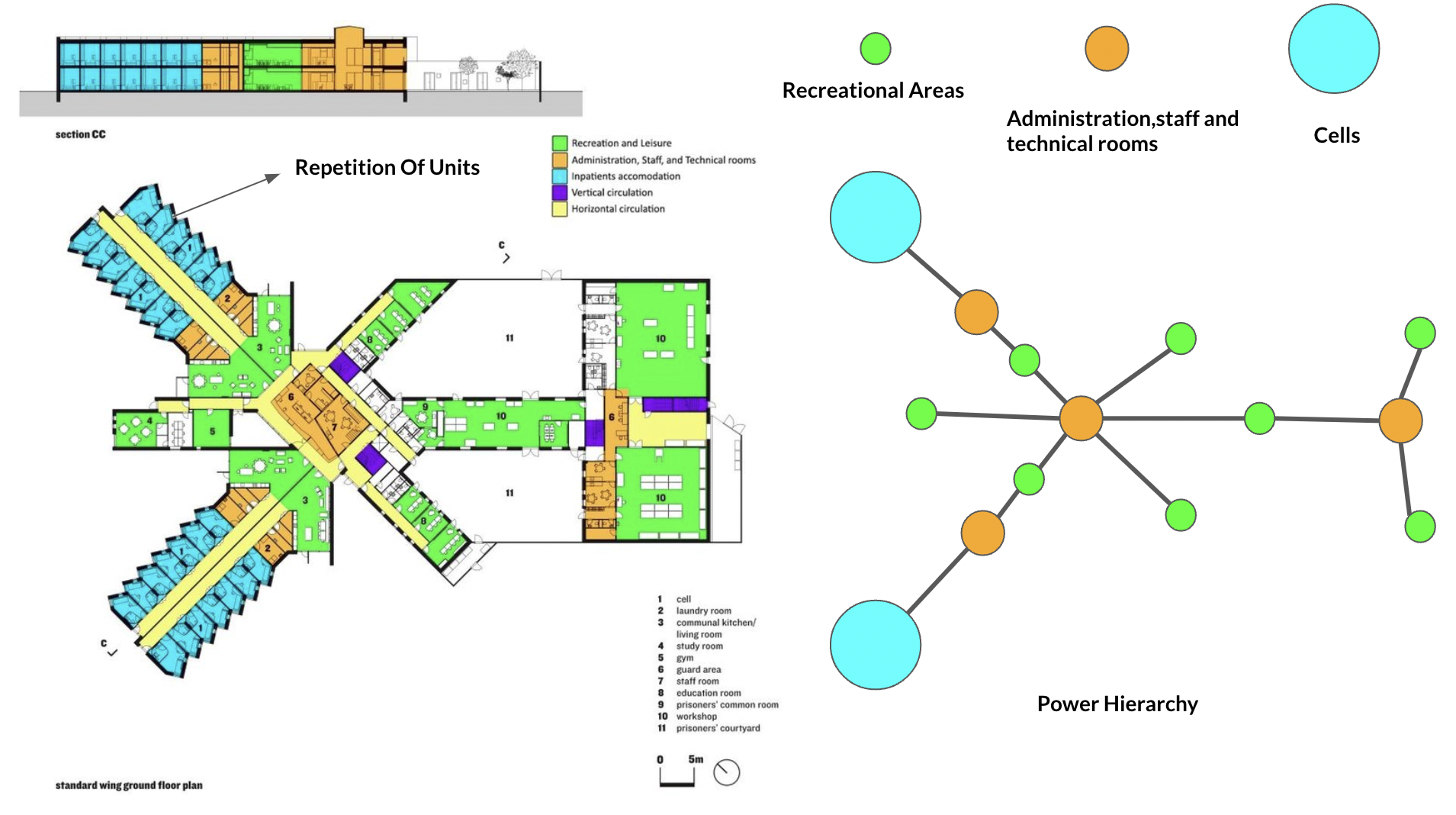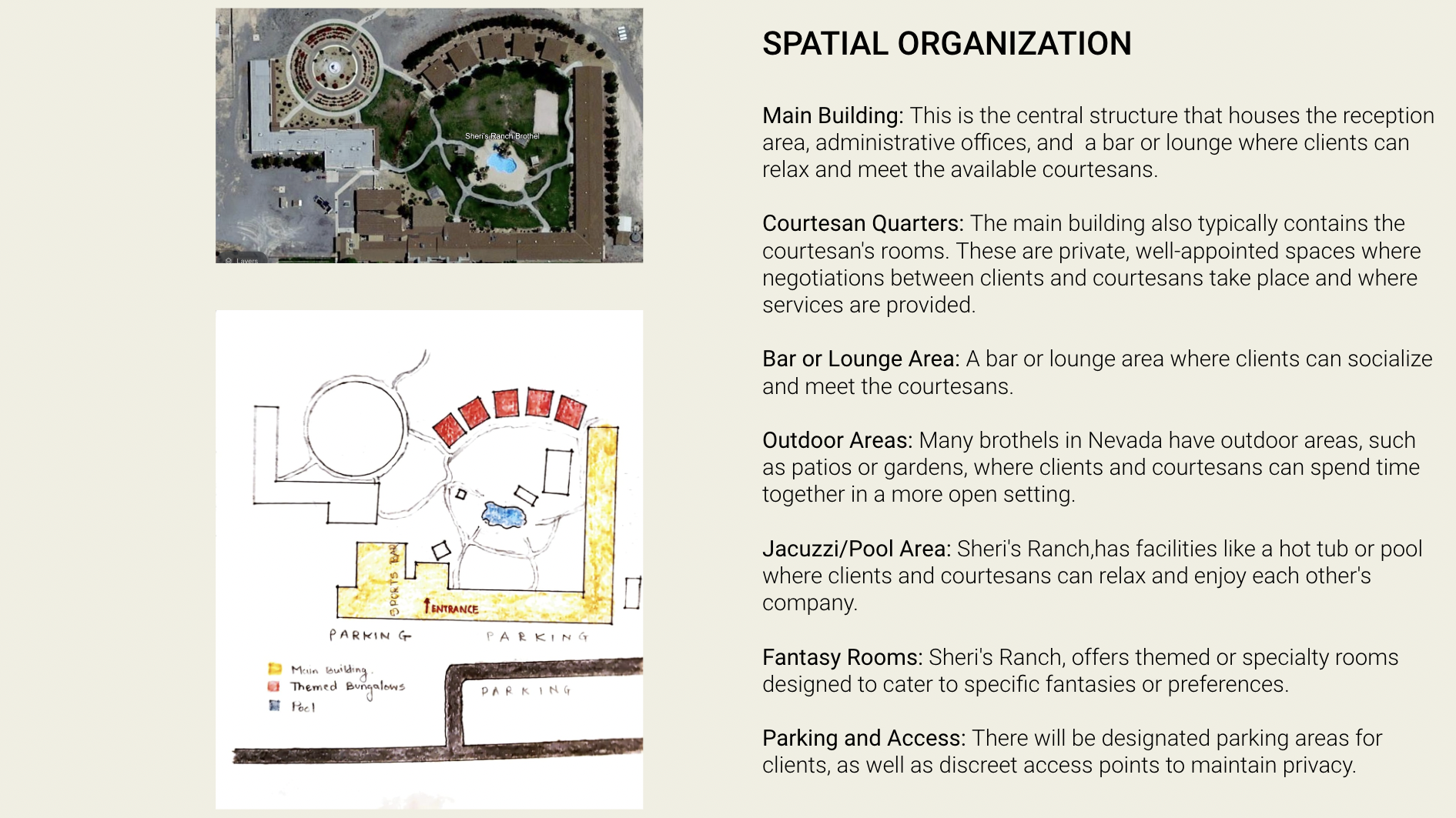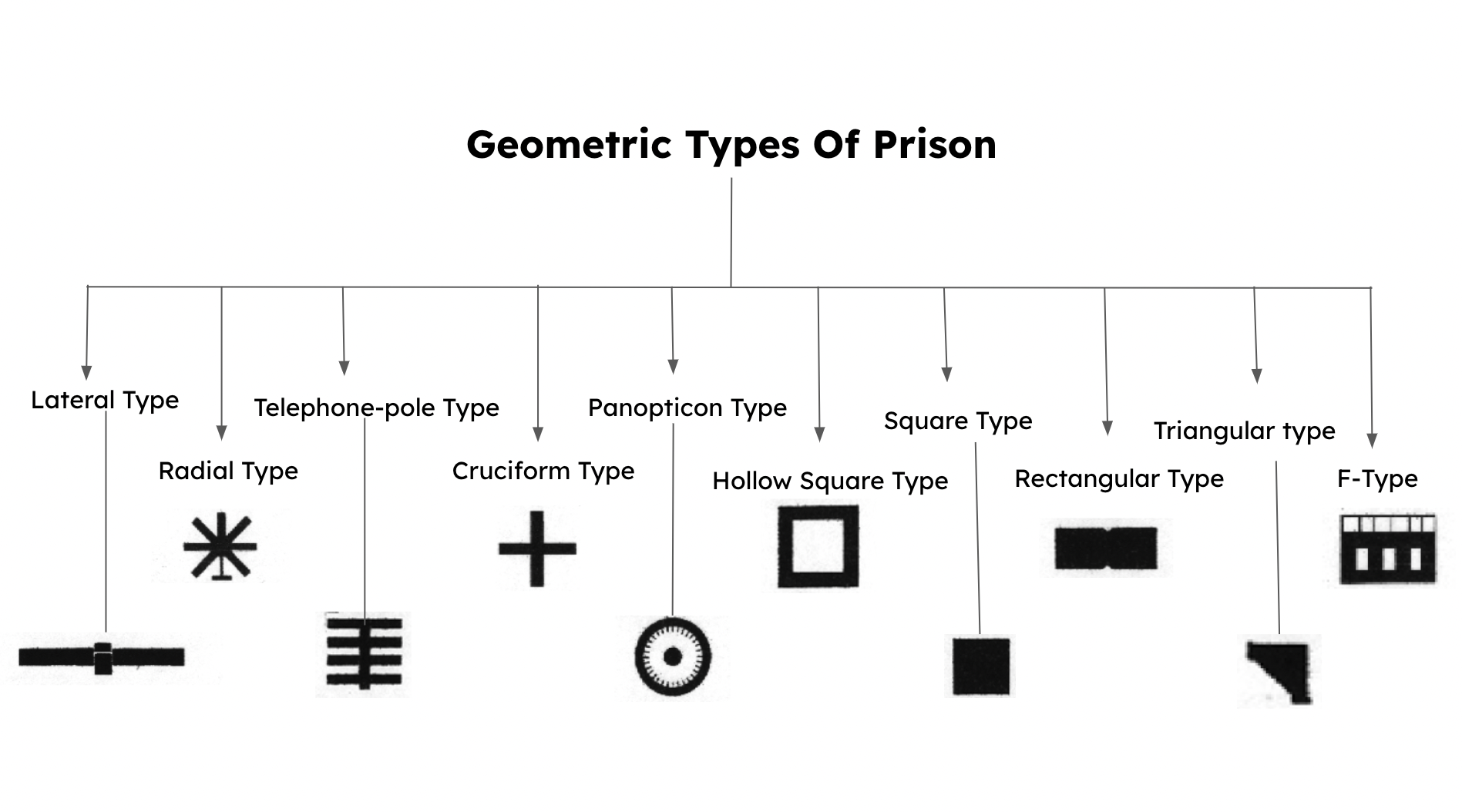Sem 03 / Culture and Builtform
Spatial History of the World
Prasad Khanolkar
The course was an exploration into understanding the spatial history of the world through the conceptual and methodological lens of ‘architectural type’. In doing so, it aimed to move away from thinking of architectural history as a history of styles or history of different -isms. This does not mean that style and -isms aren’t part of the architectural history, but rather they are one of the many forces that are at work in producing spatial forms historically.
The course began with an interrogation into the concept of ‘type’. The works of Quatremère de Quincy, Jean-Nicolas-Louis Durand, Giulio Carlo Argan, Aldo Rossi, Anthony Vidler, Rafael Moneo, John Habraken, and Pier Aureilli were key to understanding how the concept of type has evolved and been criticized. Rather than following an idea of type, these readings were explored to draw out different parameters for understanding what is type: type as an idea, type as geometric form, type as a cultural form, type as a social agreement, type as prototype, and so on.
A discussion of these different parameters helped arrive at a rough understanding of type–that is, type a particular configuration of spatial relations–spatial relations that are a result of concurrent forms of political economy, sovereignty, legalities, religious systems, as well as everyday life. Alongside, students were also introduced to concepts of archetype and dominant type. The broader goal was to impart typology as a tool for understanding architectural forms as historical and cultural artifacts, which need to be analyzed, criticized, and responded to in the process of design.
The course was conducted as a hybrid of lectures and studio work. For the latter, students were assigned a group project, wherein each group was to select a particular institution in the city and be able to trace a genealogy of that institution using the method of typological study. Students selected 11 institutions: prison, library, market, museum, brothel, temple, mall, fort, church, railway stations, and performance theater.
What emerged in the studies was a spatial analysis of the architectural forms of these different institutions. For instance, the idea of the prison has changed from being a space for punishment, for incarceration, for reformation, and so on. Each of these ideas of prison, which can be located in specific geographies and time, have been realized through specific prison types (lateral, radial, panopticon, triangular, etc.). Each of these have a specific organizational structure, a specific form of the prison cell and the corridor, as well as a specific relationship between the inside of the cell and the outside. The different architectural forms of the prison reflect the nature of power relations that operate in each case. The group projects were thus able to show how the idea of institutions, which emerge from the concurrent forms of political economy, legalities, moralities, religious systems, and sovereignty, is manifested in specific architectural types.





